



STORY OF THE MATONDO (Mopany Worm)
The moths that lay these eggs are 2 of the emperor moths. Shortly after laying several hundred eggs they hatch into caterpillars as seen below. The green caterpillar is locally caleed the Matondo and the spiky one is called the Vilungulungu. These grow incredibly quickly and can strip a 5 metre Julbernadia Globiflora tree of all of its leaves in a day. The local people from the camp and the local villages are allowed to harvest these caterpillars and in one day alone they collected in the region of 25,000kg. The caterpillars are placed in water for a couple of hours to kill them and then their insides are squashed out of them. If they are dried whole they are very bitter. They are then washed again and boiled until they change colour. They are then placed in the sun on mats to dry and then they can be eaten. Most will be re-cooked as a relish. Many of the dried caterpillars can be found for sale in the local market and can fetch about MK100 (40p) per cup full.
The darker and spiky caterpillars are considered more of a delicacy as most people don’t like collecting them because of their spikes.
Although a rough idea of numbers of the caterpillar collected are known the environmental impact has never been estimated. There are millions of caterpillars left each year to turn into moths and the trees do not seem to be damaged as they flourish in the park.
The other evening I had around 30 of the moths flying around in my house and most evenings I get various types of praying mantid, beetles, moths and stick insects. There are several geckos that run around all night long eating the smaller flies. It is fascinating to see then run across the ceiling. At the same time a large toad came visiting who presumably wanted to join in the feast. In the morning most are dead so I need to sweep up.
The moths that lay these eggs are 2 of the emperor moths. Shortly after laying several hundred eggs they hatch into caterpillars as seen below. The green caterpillar is locally caleed the Matondo and the spiky one is called the Vilungulungu. These grow incredibly quickly and can strip a 5 metre Julbernadia Globiflora tree of all of its leaves in a day. The local people from the camp and the local villages are allowed to harvest these caterpillars and in one day alone they collected in the region of 25,000kg. The caterpillars are placed in water for a couple of hours to kill them and then their insides are squashed out of them. If they are dried whole they are very bitter. They are then washed again and boiled until they change colour. They are then placed in the sun on mats to dry and then they can be eaten. Most will be re-cooked as a relish. Many of the dried caterpillars can be found for sale in the local market and can fetch about MK100 (40p) per cup full.
The darker and spiky caterpillars are considered more of a delicacy as most people don’t like collecting them because of their spikes.
Although a rough idea of numbers of the caterpillar collected are known the environmental impact has never been estimated. There are millions of caterpillars left each year to turn into moths and the trees do not seem to be damaged as they flourish in the park.
The other evening I had around 30 of the moths flying around in my house and most evenings I get various types of praying mantid, beetles, moths and stick insects. There are several geckos that run around all night long eating the smaller flies. It is fascinating to see then run across the ceiling. At the same time a large toad came visiting who presumably wanted to join in the feast. In the morning most are dead so I need to sweep up.




.jpg)

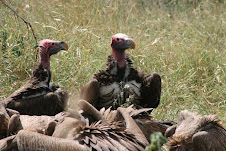

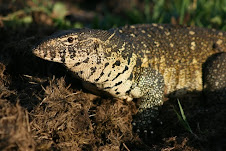

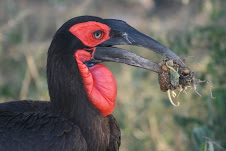








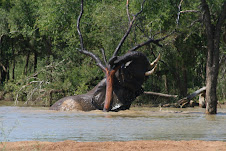

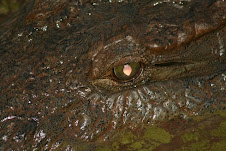
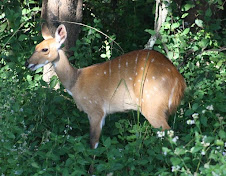















No comments:
Post a Comment